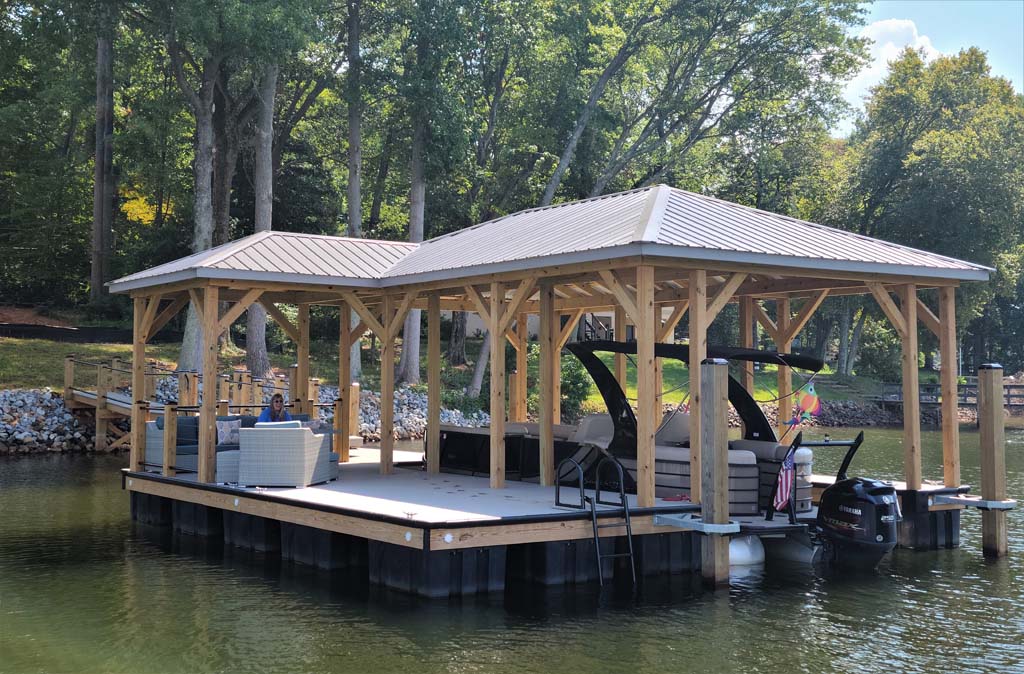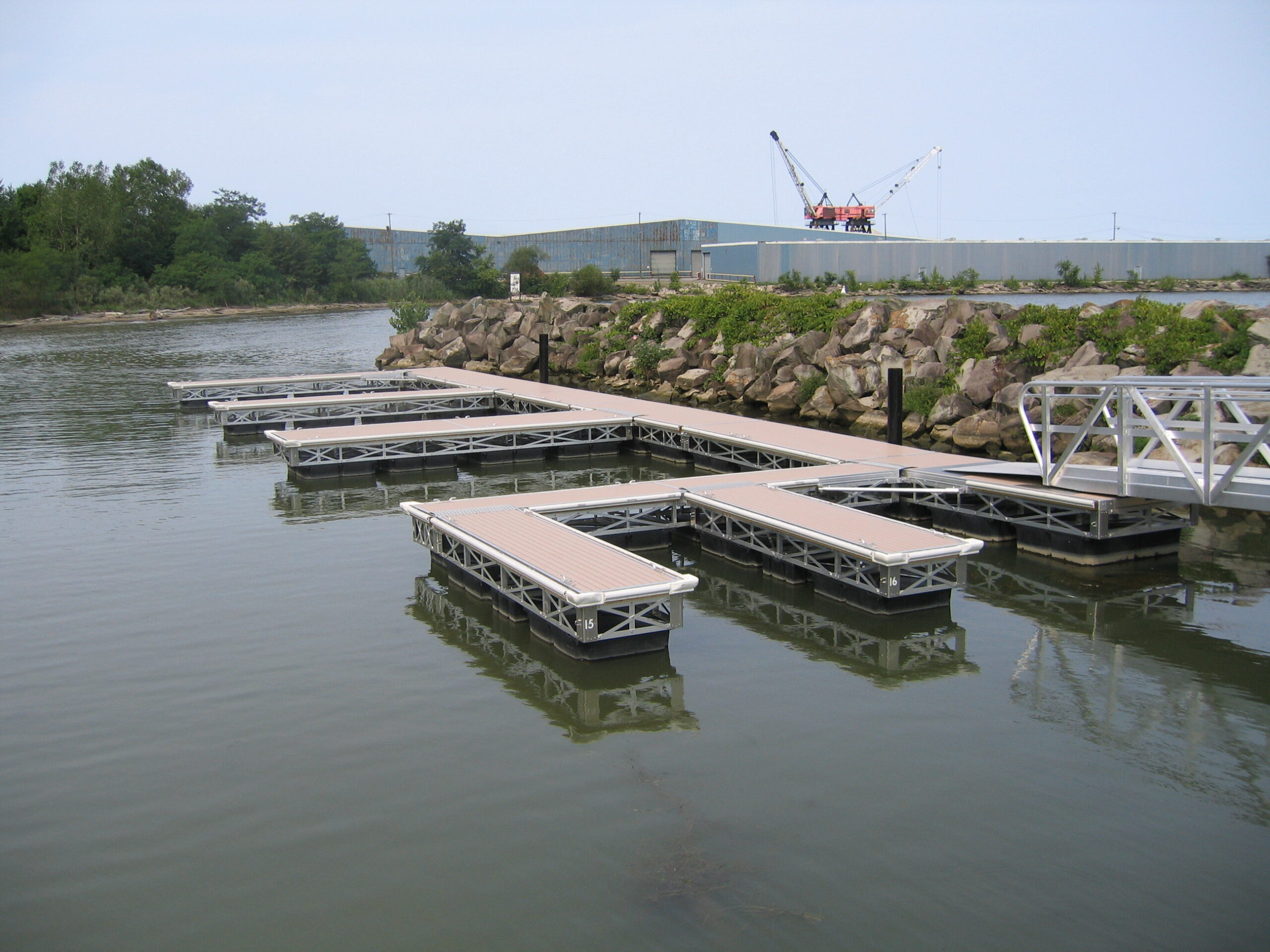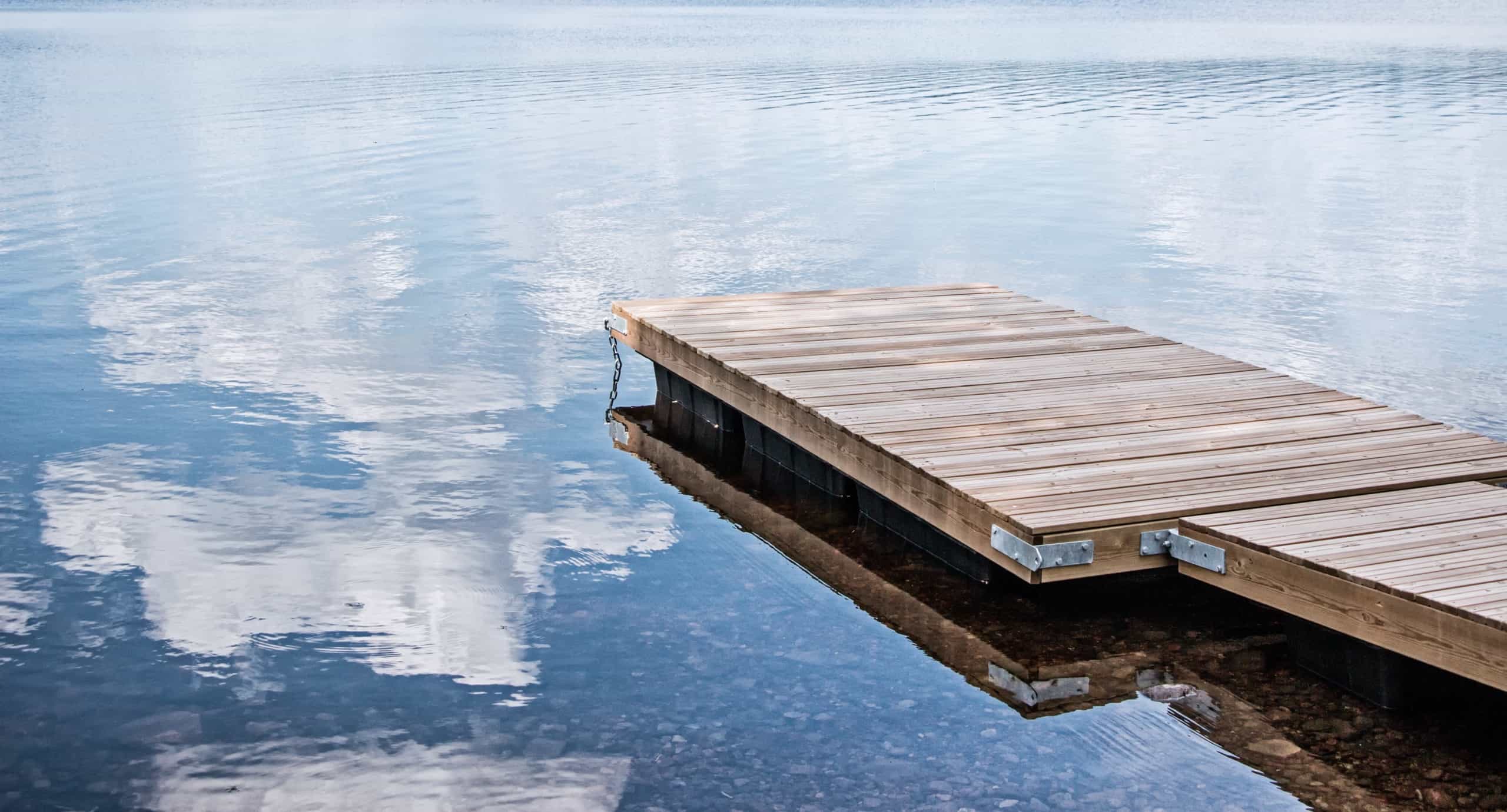Upgrade Your Beachfront With Resilient Floating Docks
Updating your waterfront with sturdy floating docks can significantly improve both functionality and looks, offering a flexible remedy for various water tasks. With a variety of materials readily available, consisting of low-maintenance choices and standard wood, selecting the ideal dock can match your individual design and meet sensible needs.
Benefits of Floating Docks
Floating docks offer a plethora of benefits that boost their allure for different maritime applications. One of the key advantages is their flexibility to transforming water levels - floating dock services. Unlike conventional fixed docks, floating docks rise and loss with the tide, making sure regular accessibility for boats and boat no matter of ecological conditions. This function significantly reduces the risk of damage to vessels, as they continue to be safely tied even throughout fluctuations in water depth.
Additionally, floating docks are simpler to install and transfer, giving adaptability for short-term or seasonal usage. Their modular design permits for customization to fit specific demands, whether for private marinas, property waterfronts, or business applications.
In addition, floating docks produce marginal disturbance to the water atmosphere, maintaining local ecological communities and decreasing the likelihood of disintegration. They likewise supply boosted safety and stability for individuals, as their resilient nature uses an extra forgiving surface than stiff frameworks.
Furthermore, floating docks can help with a diverse series of activities, such as fishing, swimming, and leisure boating, making them a useful property for beachfront growth. Their versatility and practicality make floating docks a favored option for a range of marine jobs.
Picking the Right Products
Choosing proper products for floating docks is essential to their long life, efficiency, and general efficiency. When selecting materials, think about elements such as environmental exposure, maintenance requirements, and structural integrity. Usual products consist of timber, plastic, light weight aluminum, and composite choices, each offering unique advantages and downsides.
Wood, while aesthetically pleasing, requires normal upkeep to stop rot and decay. Pressure-treated wood can boost resilience, but it may still succumb to water damages with time. Plastic drifts, typically made from high-density polyethylene, are resistant to corrosion and call for very little upkeep, making them an eye-catching option for low-maintenance applications.
Light weight aluminum is one more practical alternative, understood for its strength and light-weight homes. It is resistant to corrosion and can stand up to severe weather, although it may be extra costly than various other materials. Compound products combine the most effective qualities of timber and plastic, using a low-maintenance and durable alternative that simulates the appearance of timber without the associated downsides.
Eventually, the choice of material need to line up with the planned use, ecological considerations, and budget plan restraints, making sure a functional and resilient floating dock that meets your certain demands.
Installment Refine Introduction
The successful installation of a floating dock relies on mindful planning and implementation, making sure that it operates efficiently in its intended setting. The primary step entails examining site problems, consisting of water deepness, shoreline functions, and dominating weather patterns, which will certainly notify the dock style and anchoring system.
Following the site assessment, the next stage is to prepare the floating dock elements. This includes constructing the structure, protecting drifts, and attaching any type of needed hardware. It is critical Check This Out to ensure that all connections are durable and waterproof to hold up against marine problems.
Once the dock is constructed, the setup procedure starts with placing the dock in the water. This can involve a crane or other training tools, especially for bigger frameworks. Proper alignment is necessary for functionality and safety and security.

Maintenance Tips for Long Life
Regular upkeep is necessary for making sure the long life and optimum efficiency of a floating dock. To accomplish this, start with routine evaluations a minimum of twice a year, focusing on the integrity of the dock's framework, including the flotation protection tools and connecting hardware. Try to find signs of rust, damage, or wear, and address any type of problems without delay to avoid additional damage.
Cleaning is an additional essential facet of upkeep. Get rid of particles, algae, and barnacles from the dock's surface to stop unsafe conditions and keep visual allure. Make use of a mild cleaning agent and a soft brush to avoid damaging the dock's products.
In addition, make certain that the dock is correctly secured and safeguarded to stand up to seasonal adjustments in water degrees and climate condition. Examine the anchoring system for stability and make adjustments as essential.
Enhancing Your Outside Aesthetic
To produce a visually attractive exterior room, incorporating a floating dock can considerably enhance the overall aesthetic of your beachfront home. Floating docks are not just useful but can also work as a striking focal factor click site that enhances the all-natural environments - floating dock company. Available in various products and designs, these docks can be customized to match your home's architectural design and landscape
The enhancement of ornamental components, such as integrated lights or fashionable railings, better elevates the dock's visual allure. Consider utilizing natural timber surfaces, which blend seamlessly with the setting, or going with modern products like light weight aluminum or composite outdoor decking that provide a smooth, contemporary appearance.
Purposefully placing planters or seating locations on or around the dock can create welcoming areas that encourage relaxation and satisfaction of waterfront views. Additionally, integrating shades and appearances that integrate with your landscape will certainly create a natural aesthetic throughout your exterior location.

Verdict

Updating your waterside with resilient floating docks can significantly enhance both performance and looks, supplying a versatile service for various water tasks. Unlike traditional fixed docks, floating docks rise and loss with the trend, ensuring regular access for boats and boat regardless of ecological conditions.Selecting suitable products for floating docks is crucial to their longevity, performance, and overall effectiveness.As soon as the dock is constructed, the setup process commences with positioning the dock in the water.In summary, floating docks deal many advantages, consisting of versatility to water level adjustments and a variety of material choices.